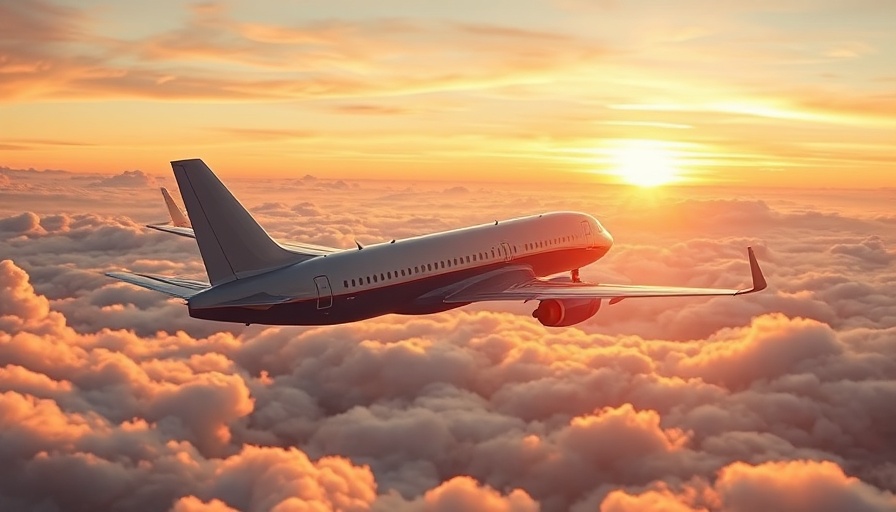
The Evolving Speeds of Commercial Flights
Have you ever wondered how fast commercial planes really fly? The answer might surprise you! Commercial aircraft typically cruise at speeds ranging from 550 to 600 mph, which helps them balance fuel efficiency and passenger comfort. Among various airplane manufacturers, designs and models impact these speeds. For instance, the Boeing 747 has a cruising speed of about 570 mph, while the Airbus A320 speeds along at around 518 mph. Flight speed is not merely about getting from Point A to Point B quicker; it encompasses a captivating interplay of aerodynamics, technology, and regulatory constraints.
What Holds Back Supersonic Travel?
While technological advancements have made travel faster than ever, commercial aircraft do not fly at supersonic speeds. Factors like turbulence, fuel costs, and ticket pricing all play pivotal roles. Striking a balance between speed and comfort is crucial for airlines. They aim for optimal cruising speeds that minimize turbulence, ensuring a pleasant journey for passengers. On the horizon, though, are innovations that could alter this landscape. Companies are actively developing supersonic jets for commercial use, which, if successful, could dramatically cut travel times.
Understanding Flight Speed Measurement
Measuring speed in flight can be intricate. Pilots track various speed types, including Indicated Airspeed (IAS), True Airspeed (TAS), Groundspeed (GS), and Calibrated Airspeed (CAS). For instance, IAS measures the speed the airplane perceives through its instruments, while TAS reflects the actual speed of the aircraft relative to the surrounding air. Groundspeed offers insight into the airplane's speed concerning the earth's surface, affected by wind conditions. A headwind can significantly slow Groundspeed, while a tailwind speeds it up. Pilots masterfully navigate these different metrics to ensure safe and efficient flights.
Factors Impacting Aircraft Speed
Several key components determine how fast a plane can fly. These include altitude, weather conditions, total thrust, and aircraft design. When flying higher, for example, there is less air resistance, allowing planes to soar more swiftly. Similarly, flying with a tailwind can enhance speeds, while headwinds can slow them down. Weight distribution affects lift during takeoff and landing—a heavier plane often requires more speed to achieve takeoff. Understanding these intricacies helps future aviators grasp the fundamentals of safe flying.
The Future of Commercial Aviation
As we look towards the future, advancements in aviation technology promise exciting developments. The potential introduction of supersonic travel by the mid-2030s could reshape how we think about flight. Companies like Boom Supersonic are actively developing models that can cruise at Mach 2.2, which could eliminate long-haul flight durations. Yet, the challenges of operational costs and sonic boom regulations will need to be addressed. What lies ahead for commercial aviation remains an exciting question, with passionate aviators and technology enthusiasts eager to embrace these changes.
Why Learning to Fly Matters
If you’ve ever dreamed of soaring through the skies, there’s never been a better time to learn to fly. Understanding the dynamics of flight and aviation speeds not only enhances your knowledge but also prepares you for a thrilling career or hobby that connects you to a global community of pilots. Whether aiming for commercial piloting, private flying, or simply enjoying the adventure—becoming a pilot opens doors to a world of possibilities. We encourage you to embrace this journey today!
 Add Row
Add Row  Add
Add 




Write A Comment